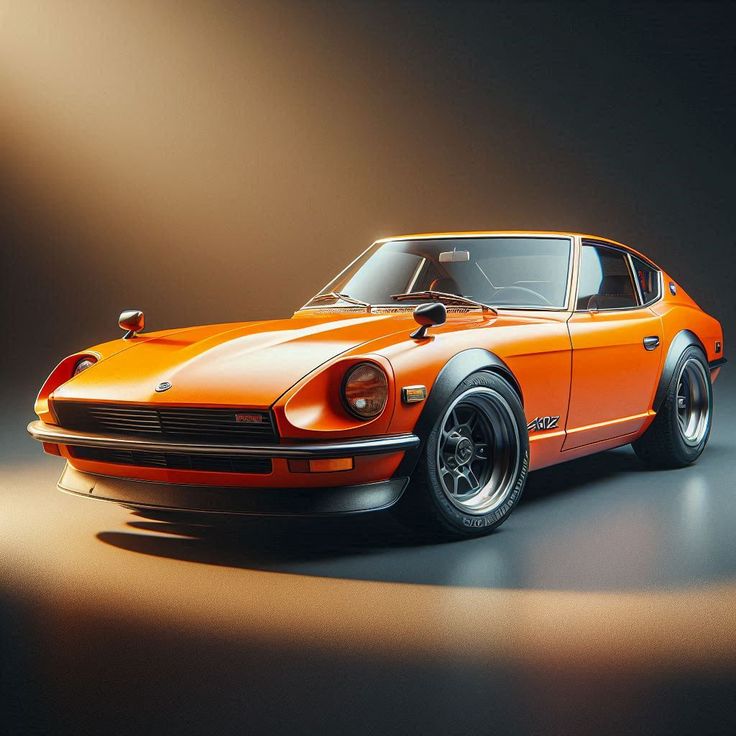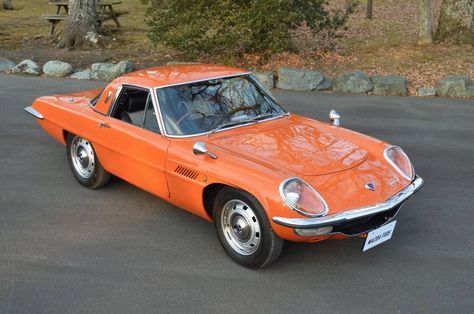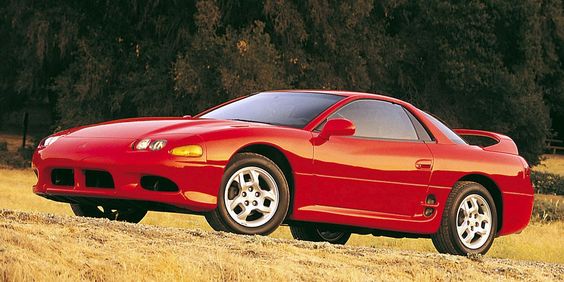
The automotive landscape of Asia has produced numerous classic cars that have left an indelible mark on the industry and the hearts of enthusiasts worldwide. These vehicles are celebrated not only for their design and engineering but also for their cultural significance and the stories they tell. In this blog post, we will explore the top five classic cars from the Asia region, examining what makes each of these vehicles so revered and memorable.
1. Toyota Land Cruiser (J40 Series)

Overview
The Toyota Land Cruiser J40 series, produced from 1960 to 1984, is one of the most iconic off-road vehicles ever made. Known for its rugged durability and reliability, the J40 Land Cruiser has been a symbol of adventure and exploration for decades.
Key Characteristics
- Durability: Built to withstand the toughest terrains and conditions, the J40 series is renowned for its robust construction and longevity.
- Versatility: Available in various body styles, including short-wheelbase, long-wheelbase, and pick-up versions, the J40 catered to diverse needs and uses.
- Cultural Impact: The Land Cruiser became a staple in many developing countries, providing essential transportation in remote areas. It also gained a loyal following among off-road enthusiasts and adventurers globally.
Classic Appeal
The J40 Land Cruiser’s classic appeal lies in its timeless design, legendary reliability, and status as an off-road icon. Well-preserved examples and meticulously restored models are highly sought after by collectors and enthusiasts who appreciate its historical significance and enduring performance.
2. Datsun 240Z

Overview
The Datsun 240Z, introduced in 1969, is widely regarded as the car that put Japan on the map in the sports car market. With its sleek design, impressive performance, and affordability, the 240Z became an instant classic and a favorite among driving enthusiasts.
Key Characteristics
- Design: The 240Z’s long hood, short rear deck, and aerodynamic shape drew inspiration from European sports cars but with a distinctly Japanese touch.
- Performance: Powered by a 2.4-liter inline-six engine, the 240Z delivered excellent performance, with a top speed of around 125 mph and agile handling.
- Affordability: Unlike many of its European counterparts, the 240Z offered sports car thrills at a more accessible price point, broadening its appeal.
Classic Appeal
The Datsun 240Z’s blend of style, performance, and value has cemented its status as a classic. It represents a significant milestone in automotive history, showcasing Japan’s ability to produce world-class sports cars. Collectors prize original and well-maintained examples, while the aftermarket support for parts and restoration remains strong.
3. Honda Civic (First Generation)

Overview
The first-generation Honda Civic, launched in 1972, revolutionized the compact car market. It offered practicality, reliability, and efficiency at a time when the automotive industry was grappling with fuel crises and changing consumer demands.
Key Characteristics
- Compact Design: The Civic’s small footprint, lightweight construction, and efficient use of space made it an ideal urban vehicle.
- Fuel Efficiency: The Civic’s economical engine options and advanced engineering delivered impressive fuel efficiency, appealing to budget-conscious consumers.
- Reliability: Honda’s reputation for building reliable, low-maintenance vehicles was solidified with the Civic, making it a trusted choice for millions of drivers.
Classic Appeal
The first-generation Honda Civic is celebrated for its role in transforming the compact car market and establishing Honda as a major player in the automotive industry. Its simplicity, reliability, and historical significance make it a cherished classic, with well-preserved models being increasingly valued by collectors.
4. Mazda Cosmo Sport (110S)

Overview
The Mazda Cosmo Sport 110S, introduced in 1967, was a groundbreaking vehicle that featured the world’s first mass-produced rotary engine. This futuristic sports car showcased Mazda’s innovative spirit and engineering prowess.
Key Characteristics
- Rotary Engine: The Cosmo Sport’s 982cc twin-rotor Wankel engine produced 110 horsepower, delivering smooth and high-revving performance.
- Design: Its sleek, space-age design with a low-slung profile, pop-up headlights, and distinctive lines made it stand out as a visionary sports car.
- Innovation: The Cosmo Sport represented Mazda’s commitment to innovation, pushing the boundaries of automotive engineering with its rotary engine technology.
Classic Appeal
The Mazda Cosmo Sport’s rarity, cutting-edge technology, and striking design make it a highly desirable classic. It remains a symbol of Mazda’s innovative spirit and a testament to the potential of the rotary engine. Collectors value the Cosmo Sport for its historical importance and unique driving experience.
5. Mitsubishi 3000GT/GTO

Overview
The Mitsubishi 3000GT, also known as the GTO in some markets, was a technological tour de force when it was introduced in 1990. This grand tourer combined advanced features, powerful performance, and bold styling, making it one of the most memorable Japanese sports cars of the 1990s.
Key Characteristics
- Performance: The 3000GT featured a range of powerful engines, including a twin-turbocharged 3.0-liter V6 producing up to 300 horsepower in the VR-4 variant. Its advanced drivetrain included all-wheel drive and four-wheel steering.
- Technology: The 3000GT was packed with advanced technology for its time, such as active aerodynamics, electronically controlled suspension, and a retractable hardtop on the Spyder model.
- Design: Its aggressive and aerodynamic design, with pop-up headlights and a wide stance, made it an eye-catching and formidable presence on the road.
Classic Appeal
The Mitsubishi 3000GT/GTO’s combination of performance, technology, and distinctive styling has earned it a dedicated following. As a representative of the high-tech era of Japanese sports cars, the 3000GT is increasingly appreciated by collectors who recognize its significance and potential for future appreciation.
Conclusion
The Asia region has produced a wealth of classic cars that have left a lasting impact on the automotive world. The Toyota Land Cruiser J40 series, Datsun 240Z, first-generation Honda Civic, Mazda Cosmo Sport, and Mitsubishi 3000GT/GTO each represent unique milestones in automotive history. These vehicles are celebrated not only for their engineering and design but also for their cultural significance and the roles they played in shaping the automotive landscape.
As interest in classic cars continues to grow, these Asian automotive icons are likely to become even more cherished by collectors and enthusiasts. Their stories, innovations, and enduring appeal ensure that they will remain treasured symbols of automotive excellence for generations to come. Whether you are an avid collector or simply an admirer of automotive history, these classic cars from Asia offer a fascinating glimpse into the region’s rich automotive heritage.
